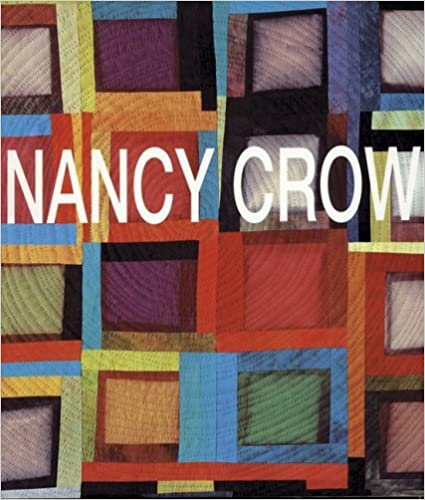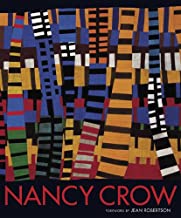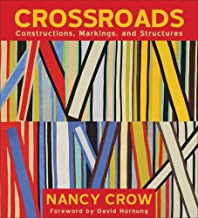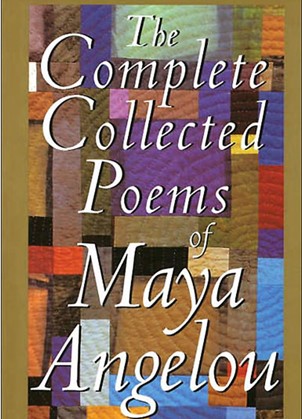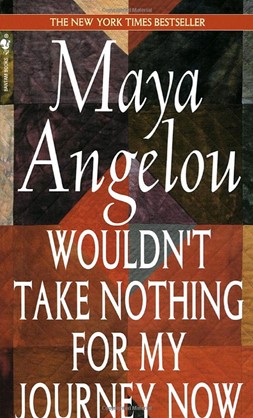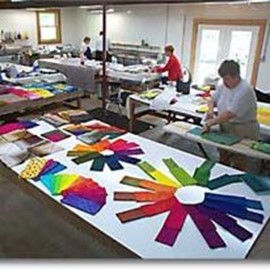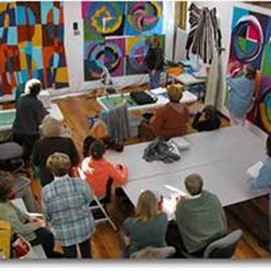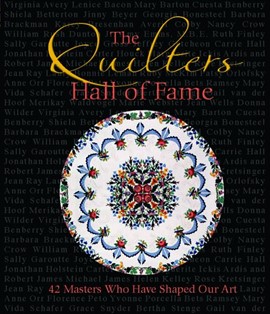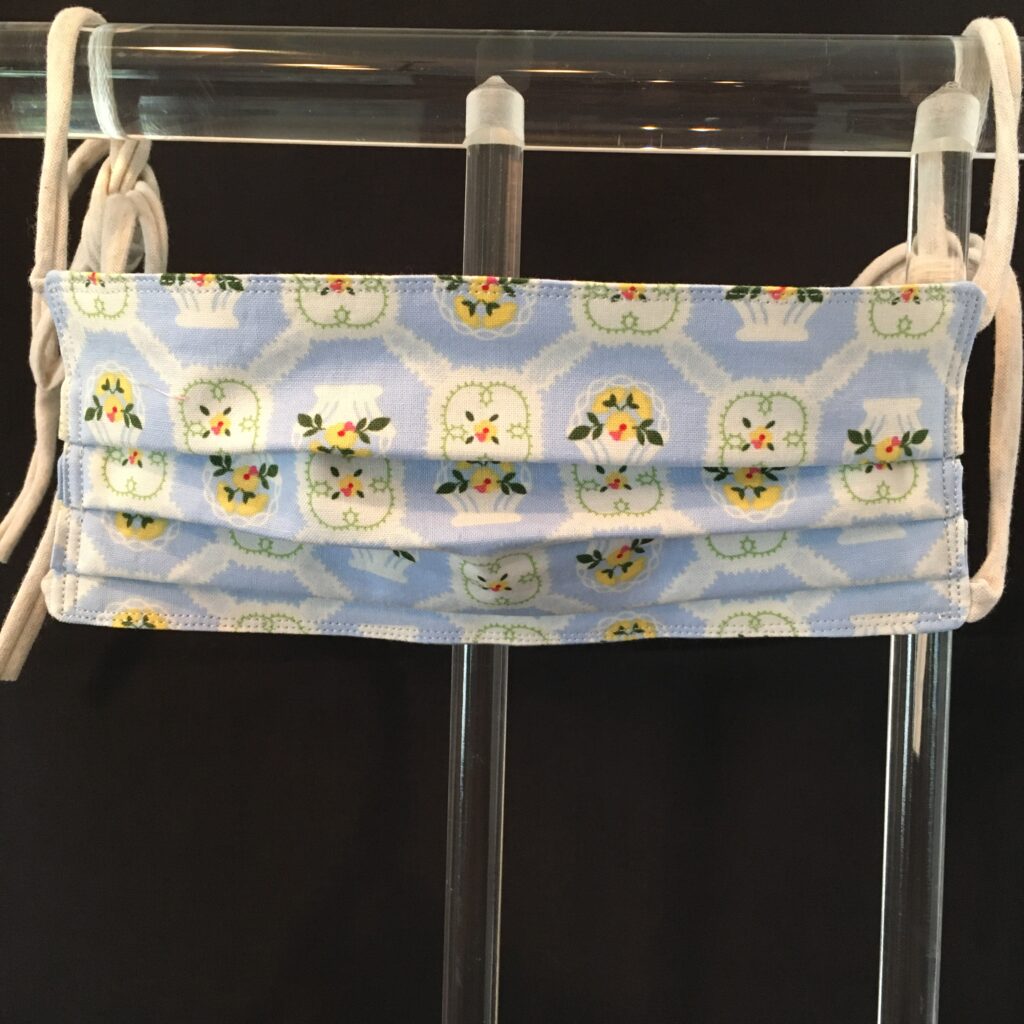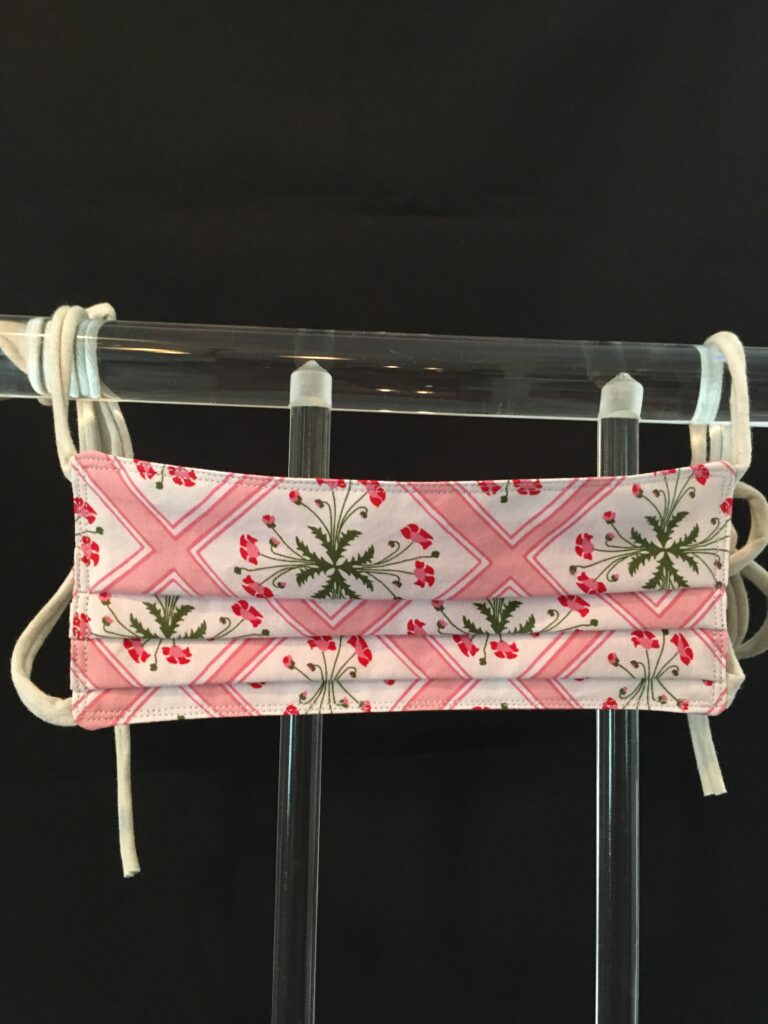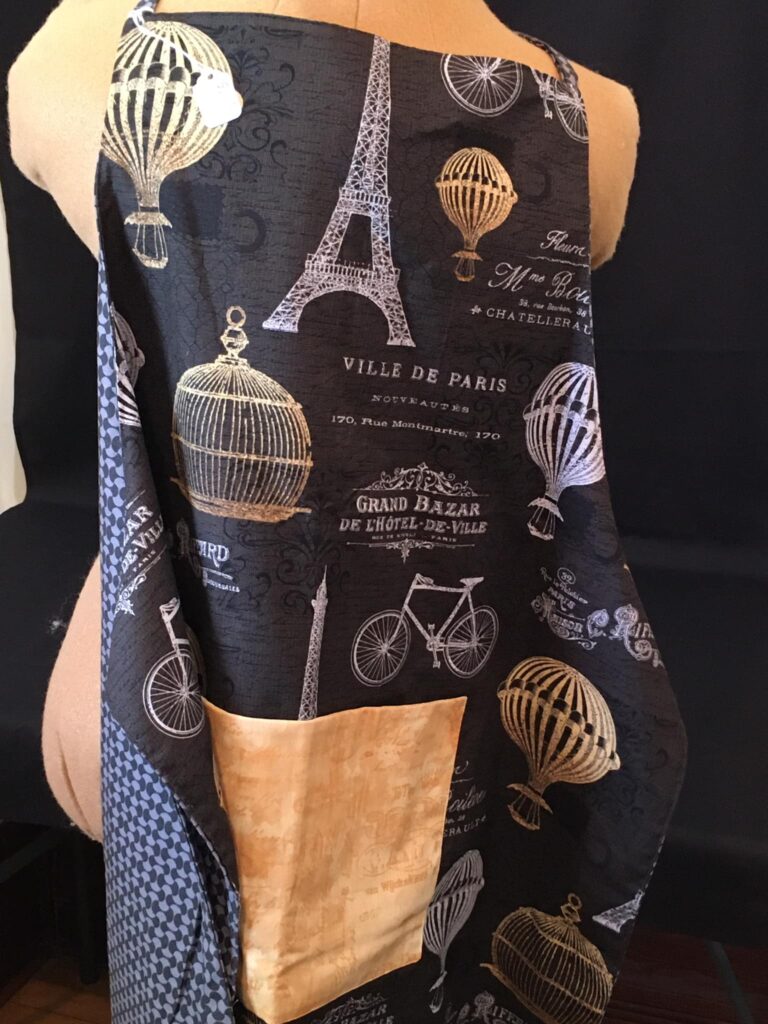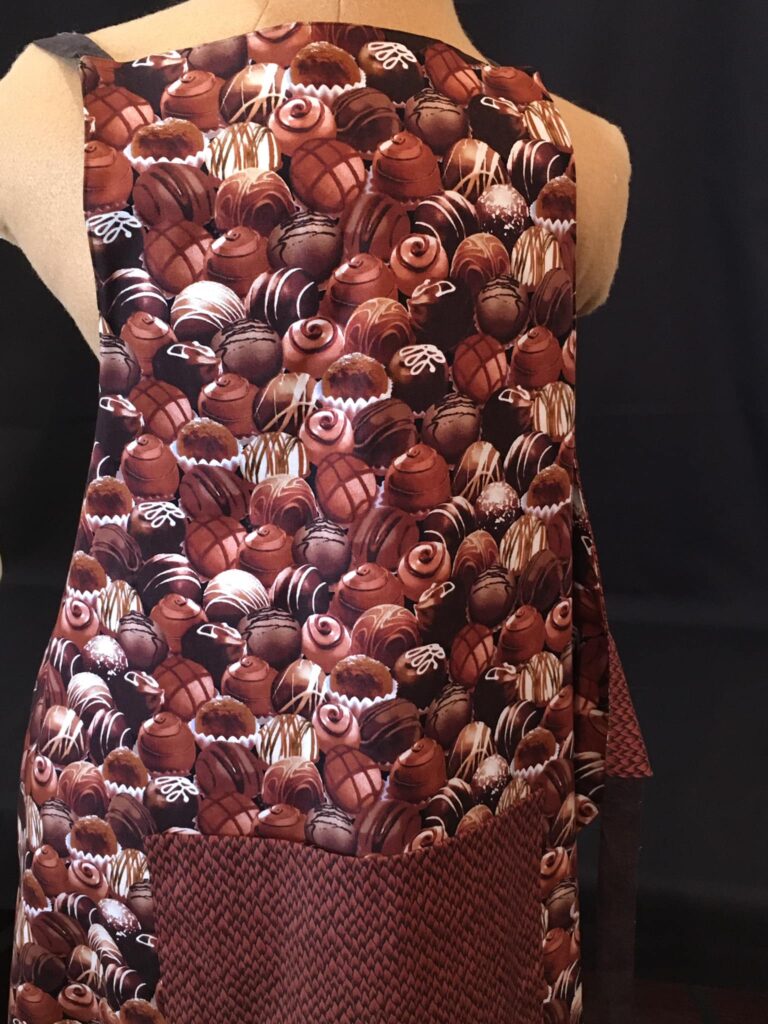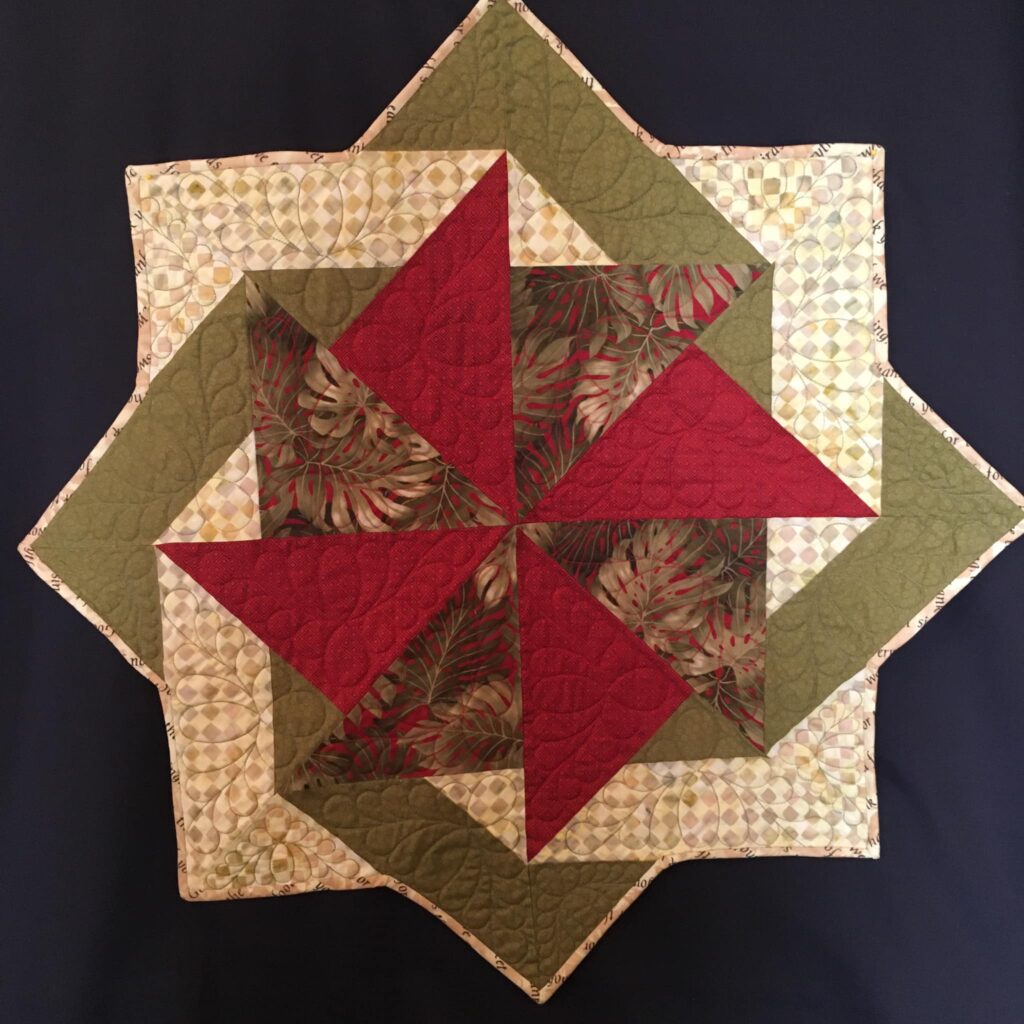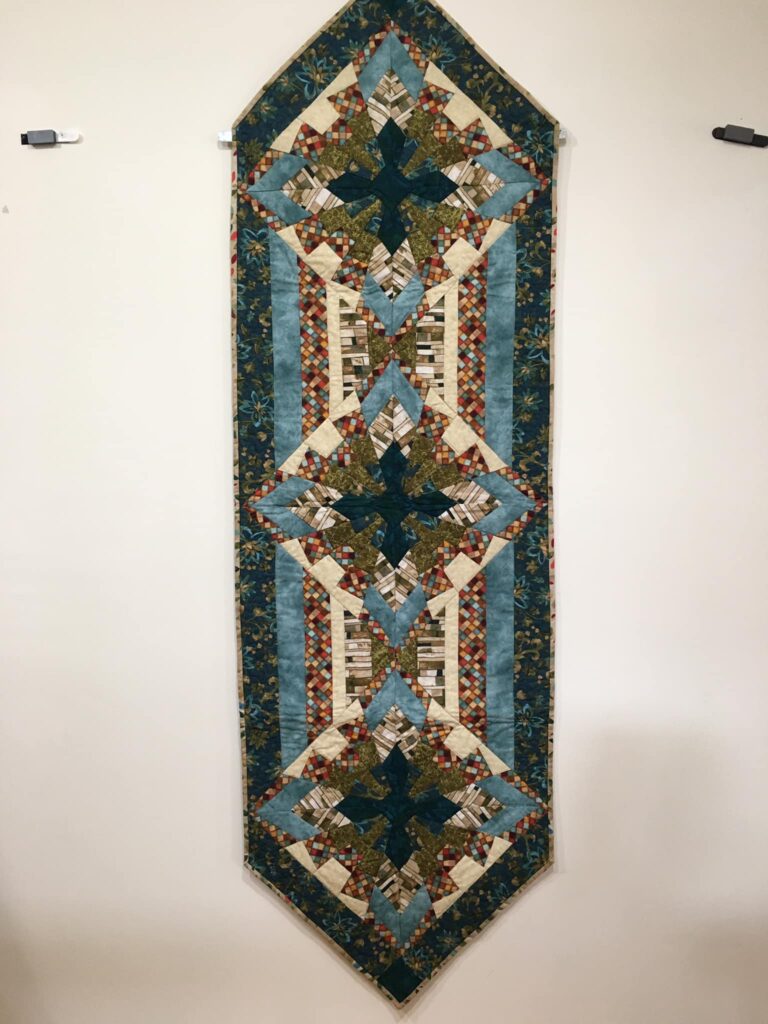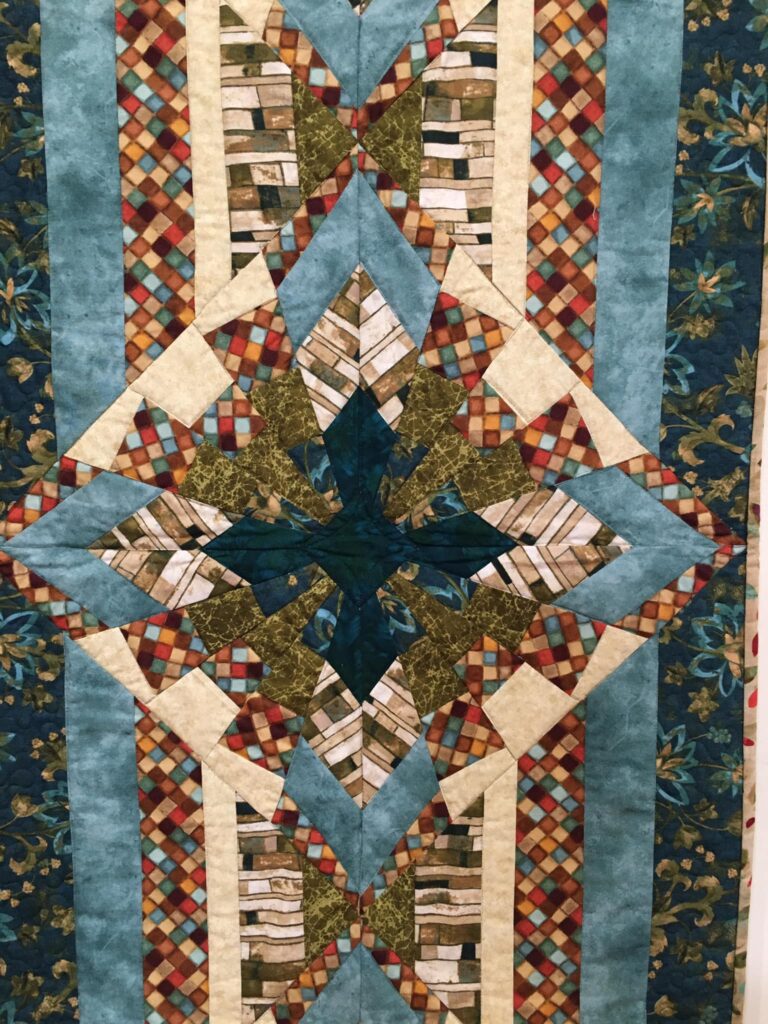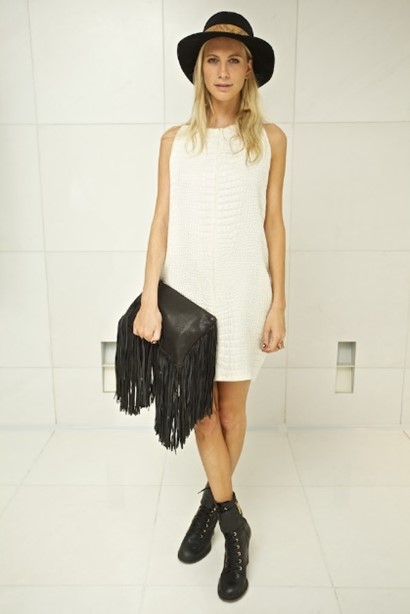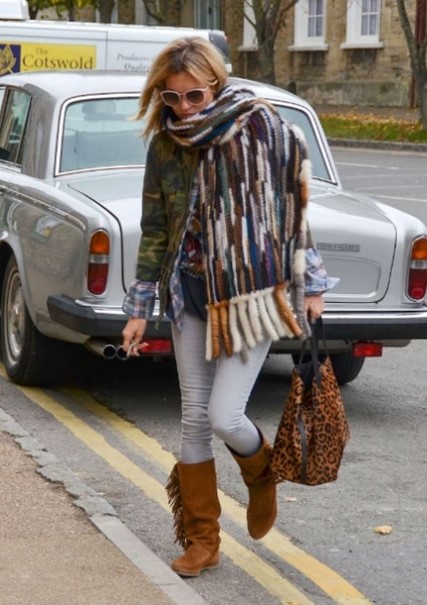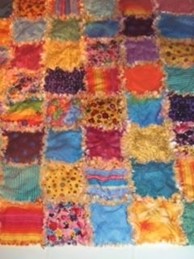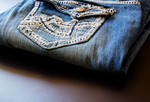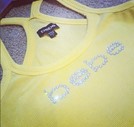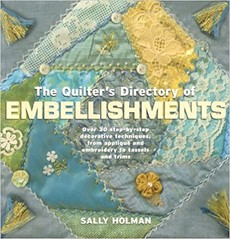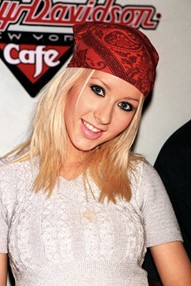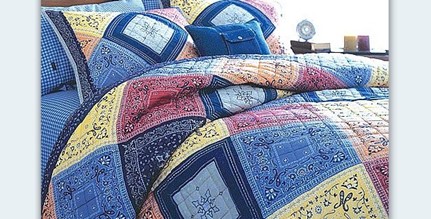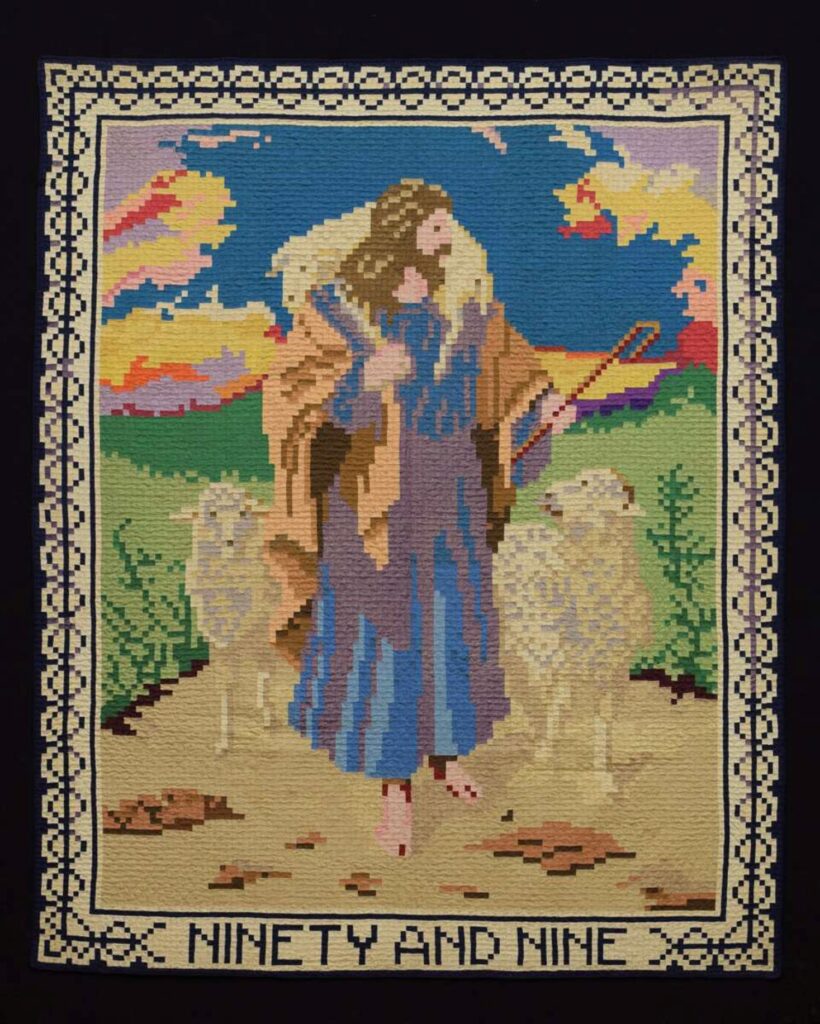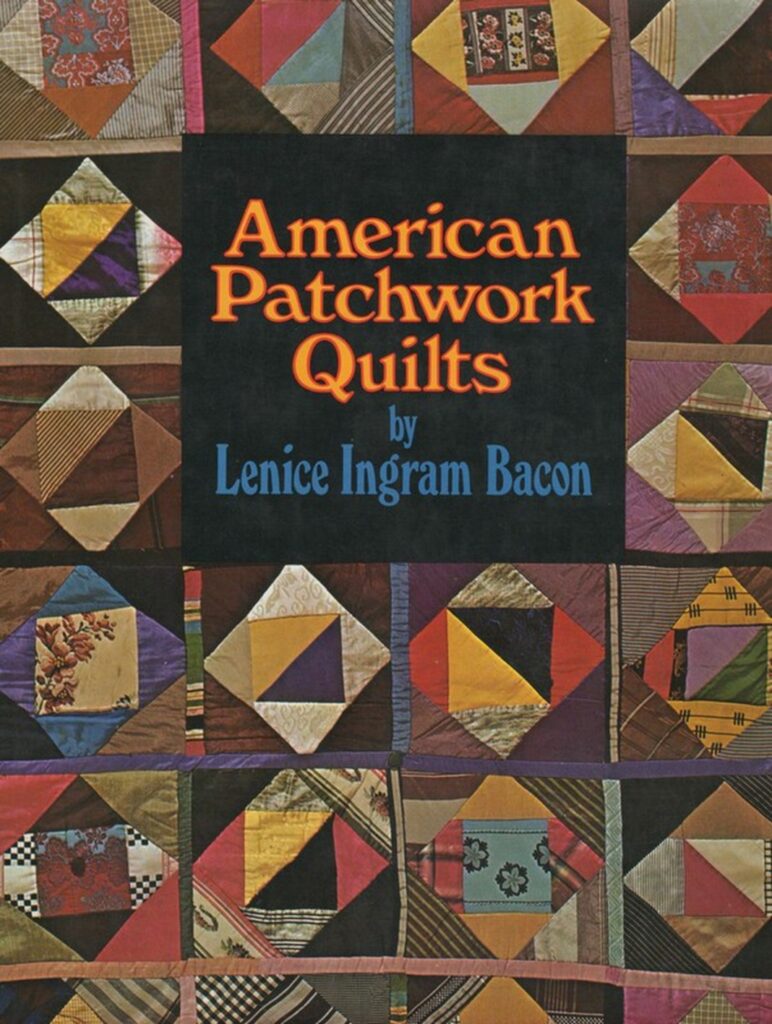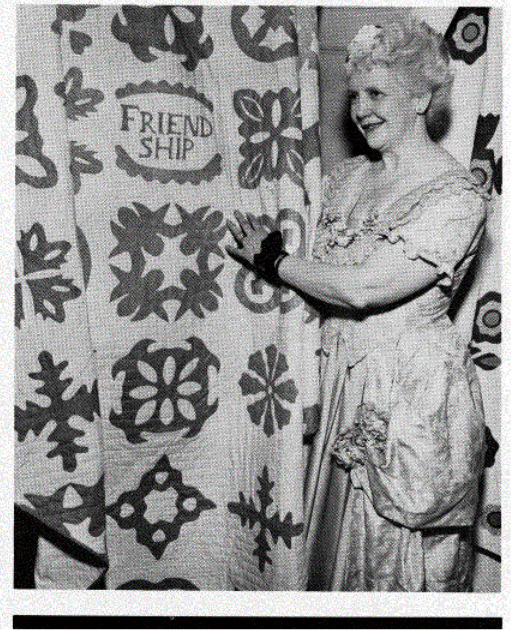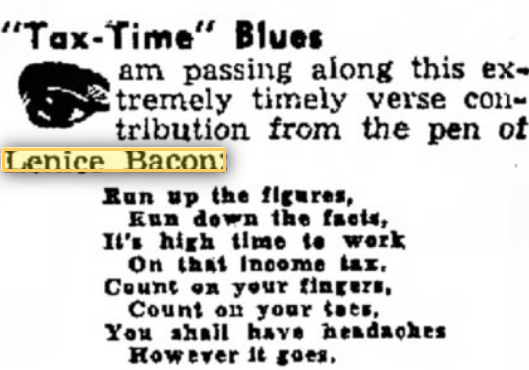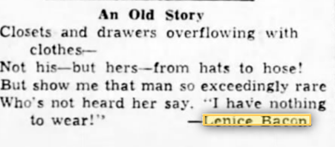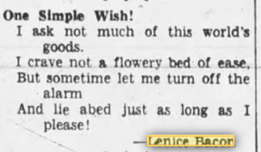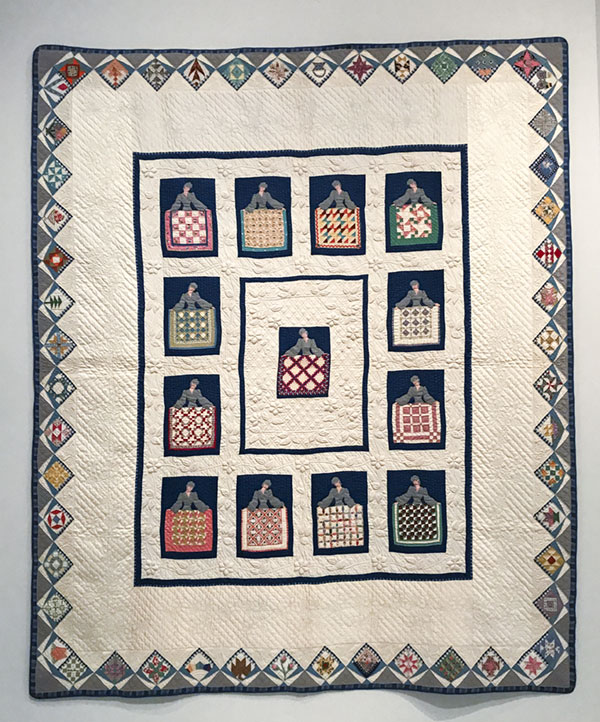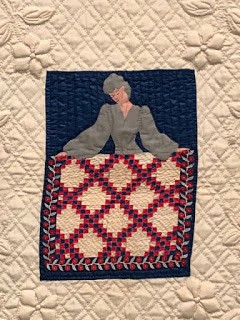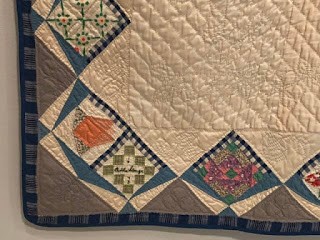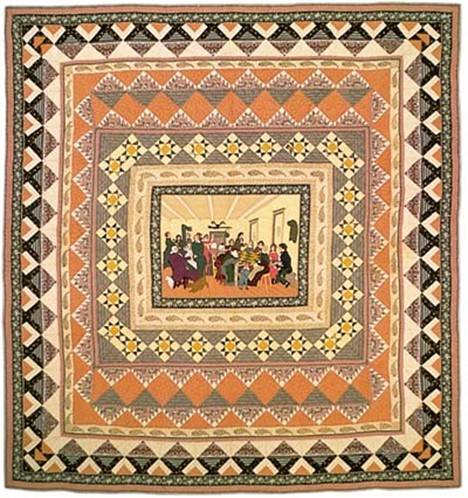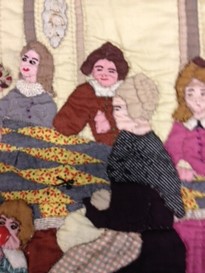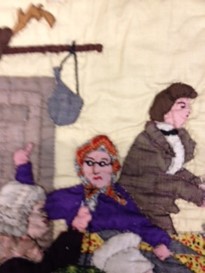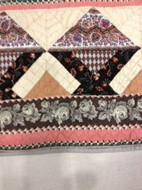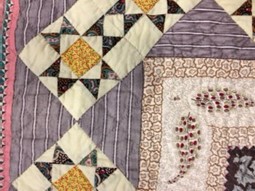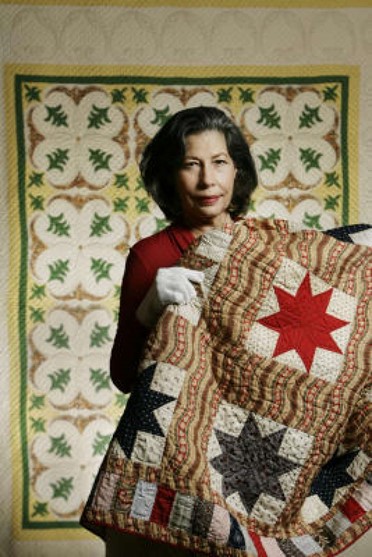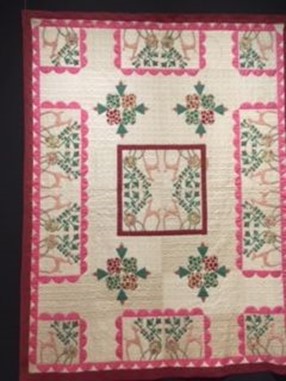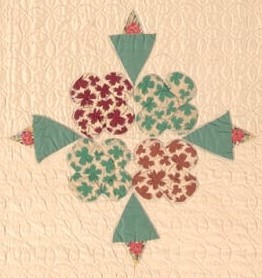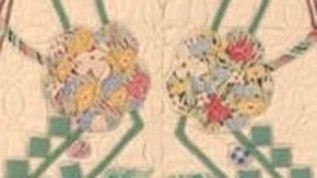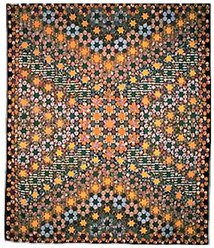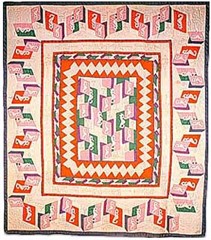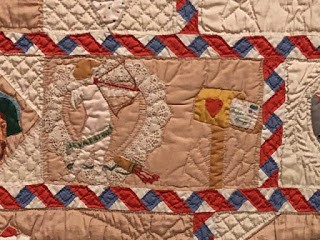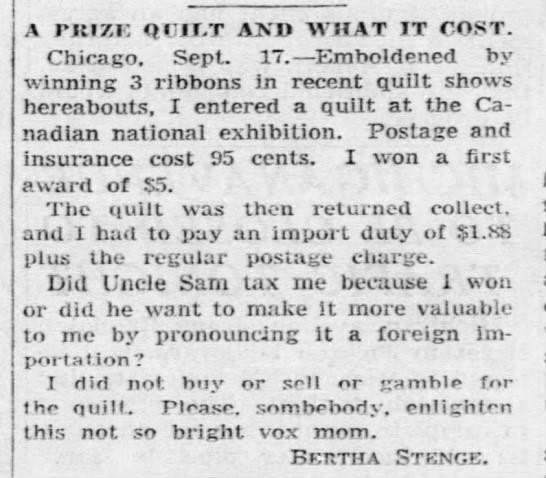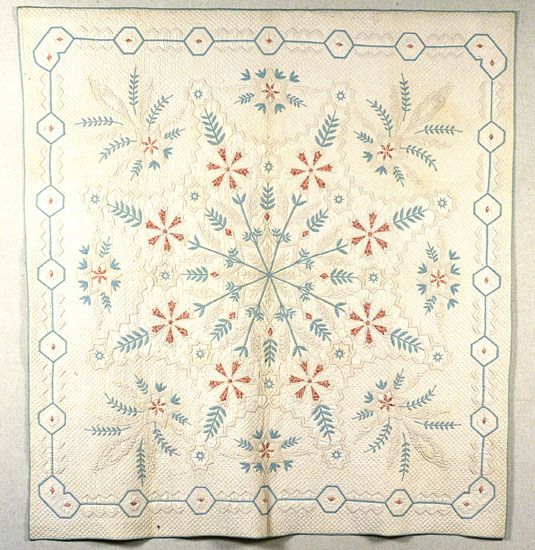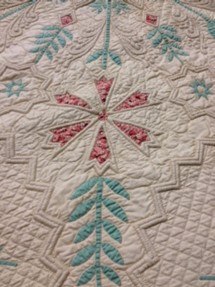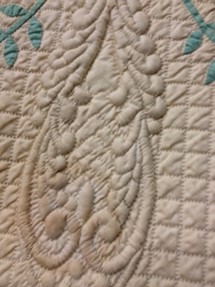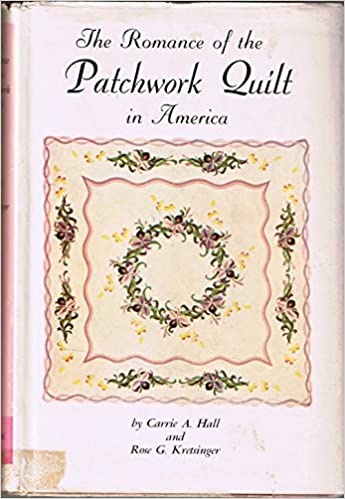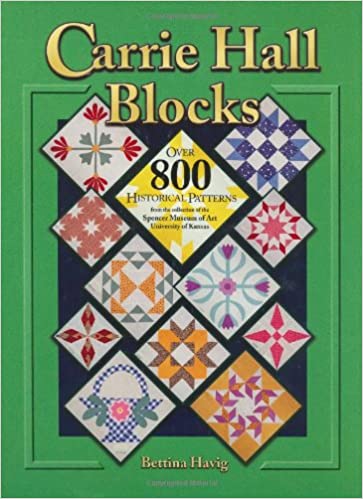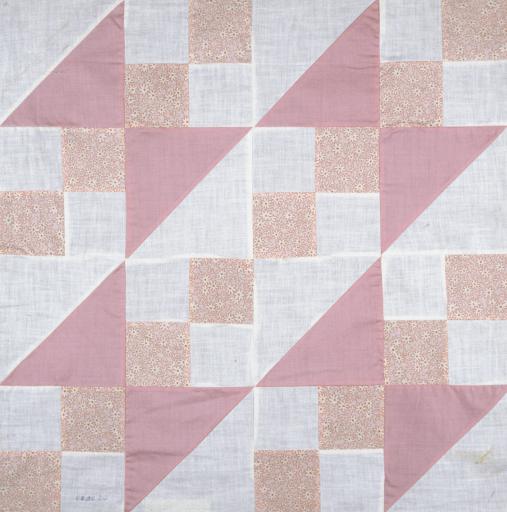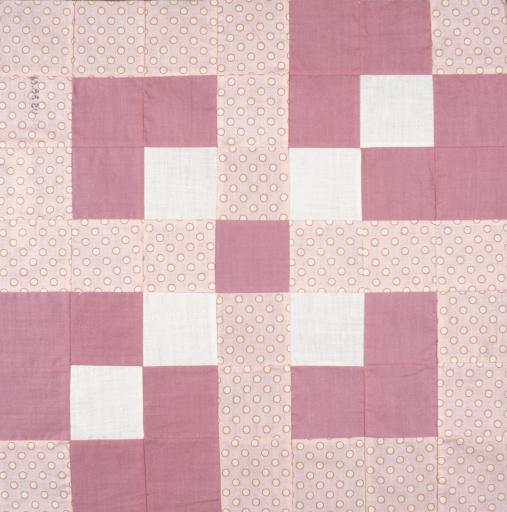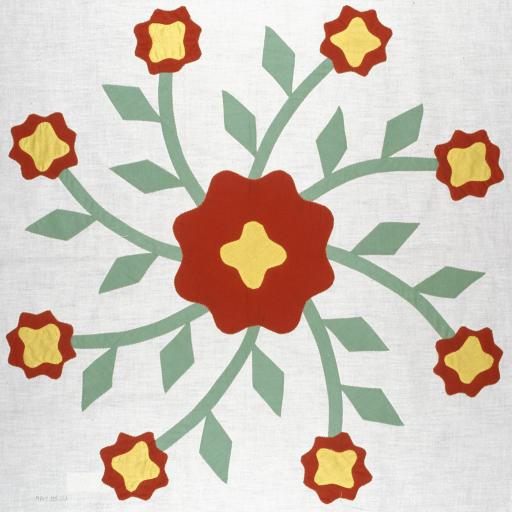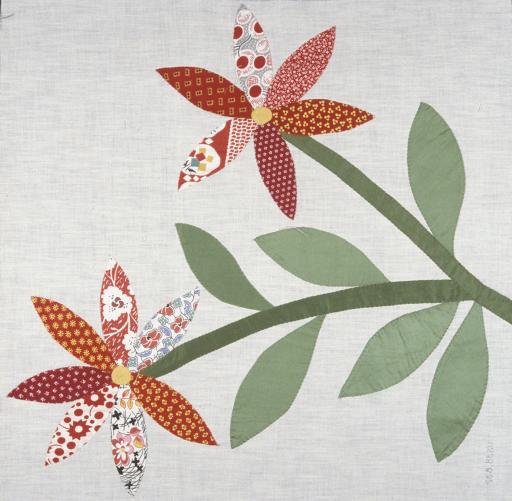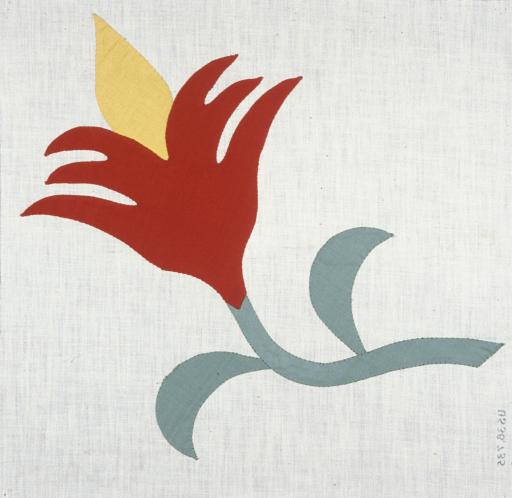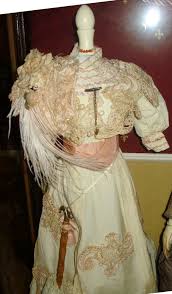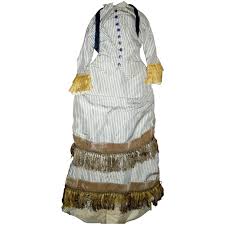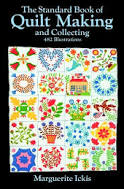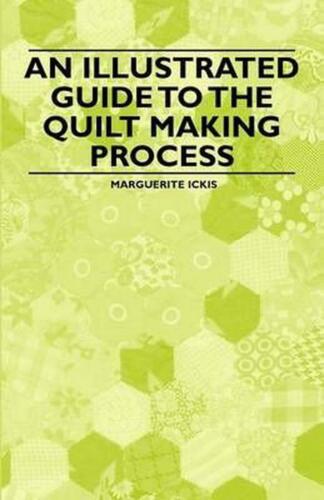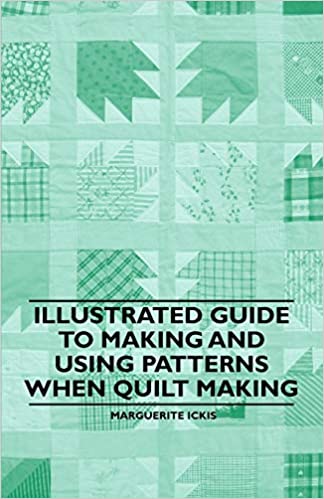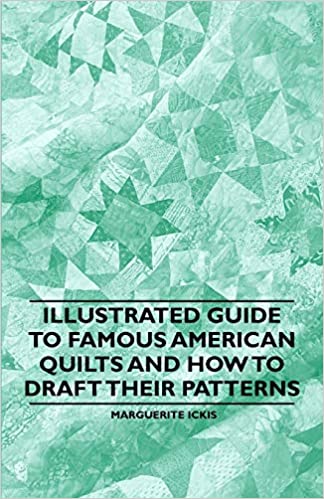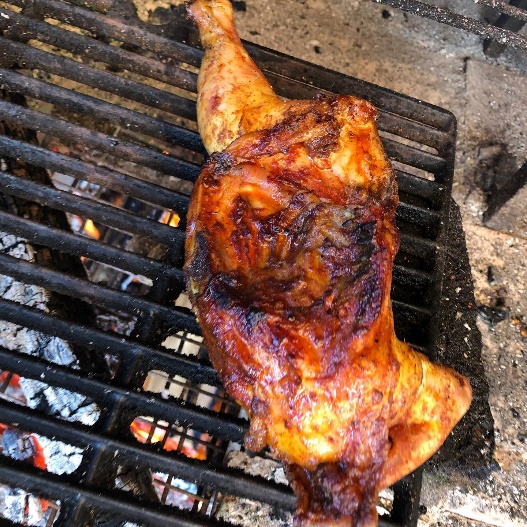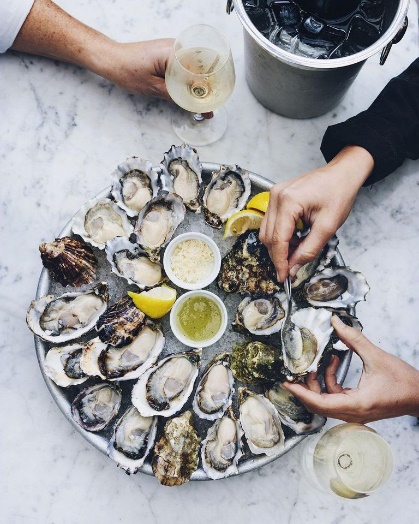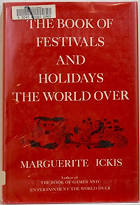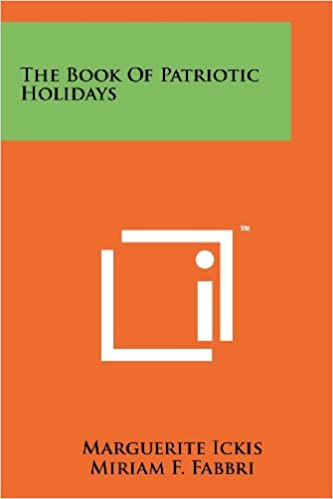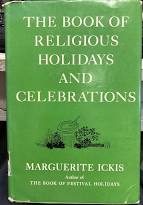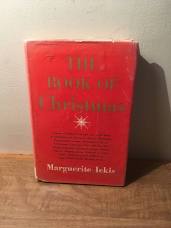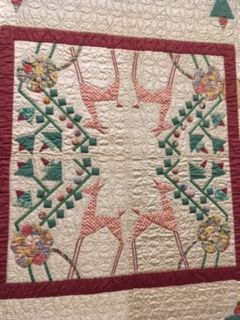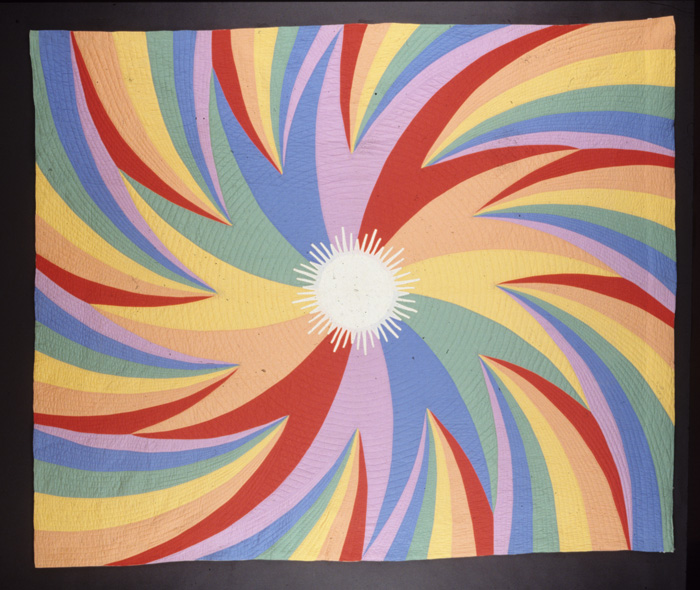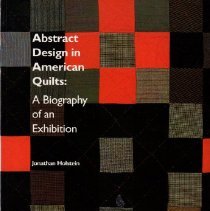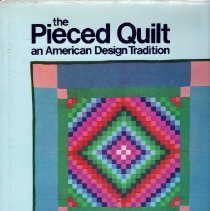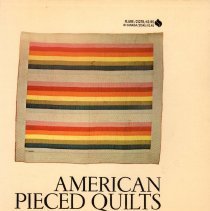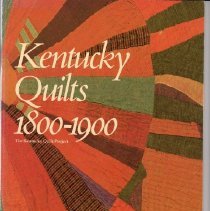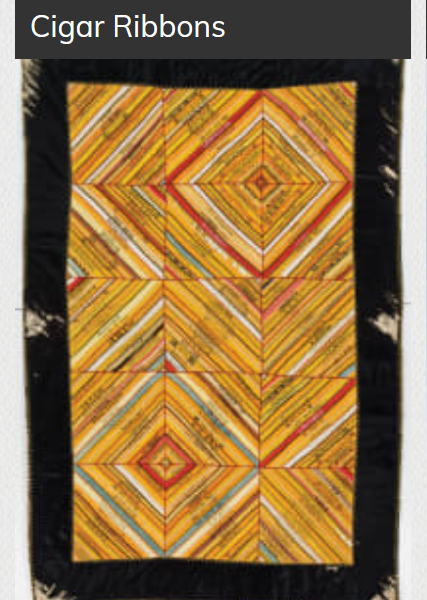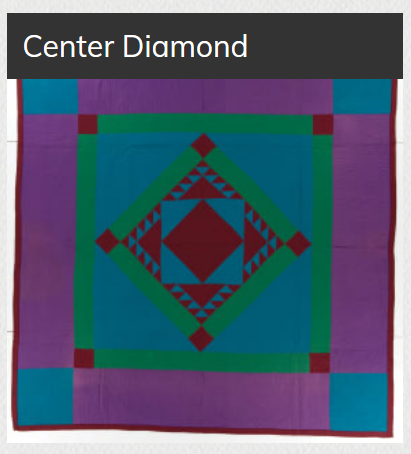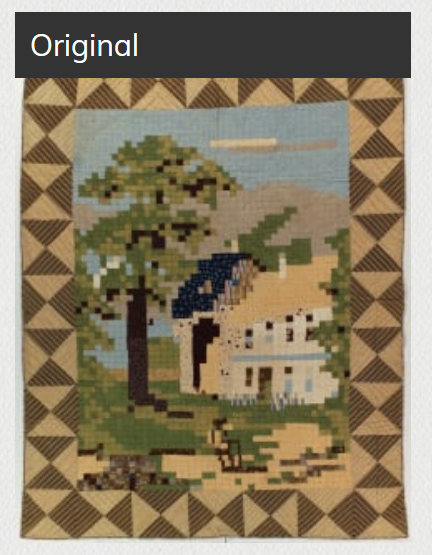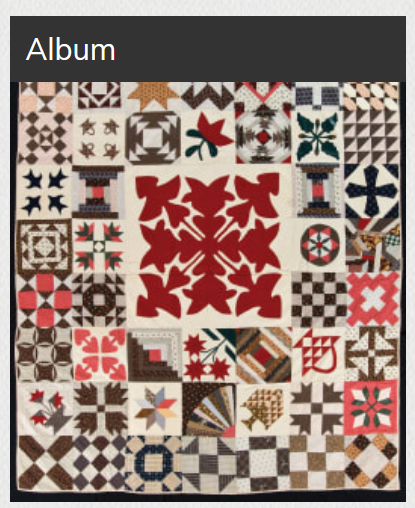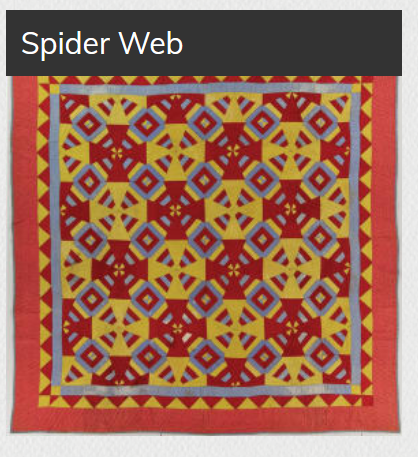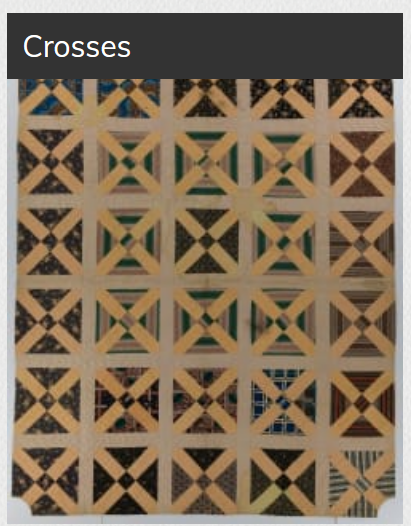Nancy Crow: 1997 TQHF Honoree
After last week’s shopping spree, I am making good on my promise to write about a live Honoree. I don’t know which is harder: the live ones often have great internet links, but I never know how they’ll react to what I say; the ones who have passed are harder to track down for info, but they never complain. I guess I should just be glad that each Honoree is interesting in some way. This week’s subject, Nancy Crow, has plenty of interesting accomplishments (see the link below for her bio), starting in 1979 with her co-founding of Quilt National (a juried biennial exhibition of contemporary quilt art) and coming up to date with her recognition in 2019 as a “Master of the Medium”.
I’m especially interested in Nancy as an artist and what it means to make art (I just make quilts, and sadly, there’s a difference). The best way to get an overview of Nancy’s work is to take a look at the covers of her books; Nancy has authored half a dozen books, and they are regularly available on Amazon and other sites. If your timing is right, you might be able to score an autographed first edition.
Or you could get a good impression Crow style from the covers of two books written by Maya Angelou which feature Nancy Crow quilts.
So, what is Crow style, and how did it get that way? Let’s start with what Nancy recently said about herself: this is her “Artist’s Statement” which accompanies her exhibit, “Nancy Crow-Drawings, Monoprints and Riffs” at the International Quilt Museum:
I have made over 300 quilts.
The purpose of my quilts is to make something beautiful for me. They are a means of expression. They represent my deepest feelings as a response to my life. My quilts are how I see color; how I see shapes; how I see line. They are about complexity, sadness, hope and always beauty. My style of quilt-making is contemporary in that I want to express my experiences now and not copy old quilts. They are traditional only in that they are machine-pieced and quilted.
Here’s the catalog from the exhibit, which is up through March 7, 2021. There’s also a link below for a virtual tour of the exhibit.
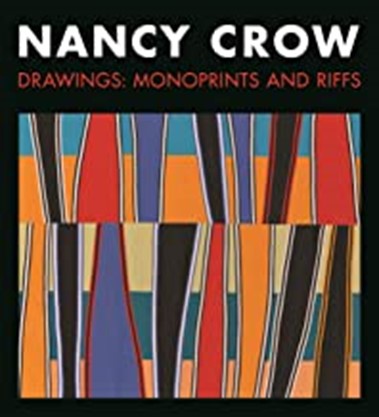
Color, shape, and line… Nancy is academically trained, having earned a B.F.A. in ceramics at Ohio State University, and an M.F.A. with a major in ceramics and a minor in tapestry weaving from the same institution. If you look at her list of classes taught at her Ohio facility –more on that later– you’ll find other “art” terms like figure and ground, linear motifs, etc. But how does that translate into quilts?
Well, several things help. First, Nancy has a design inspiration wall that includes varied artifacts, including woven vessels, carved animals, and scraps of weaving. You can see some of the weaving structure repeating in the lines of Nancy’s quilts—especially the warp lines. Then, Nancy has developed a technique of free-form cutting where she pulls a rotary cutter towards herself –dangerous, but it allows her to see where she is going and to feel that she is actually drawing with the blade.
But the biggest factor for turning training and technique into art has to be work—sweat equity. Here’s a quilt I could imagine myself doing—alright, maybe not all that piecing, but at least using the same palette. I’m a sucker for blue.
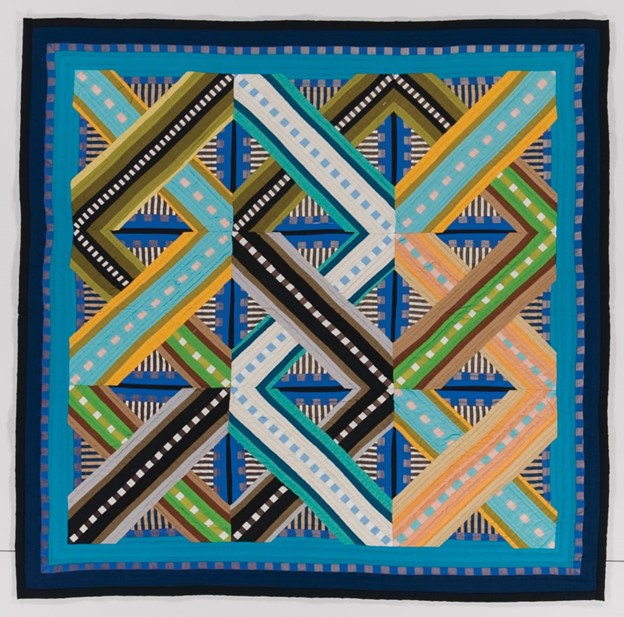
What doesn’t show, however, is that this quilt is one of a series of 22! Crow worked for three years exploring the 45-degree angles interplay with stripes and squares. Here’s another version that has more movement and “glowing” colors, and a third one that emphasizes the squares but uses “flatter” colors:
-
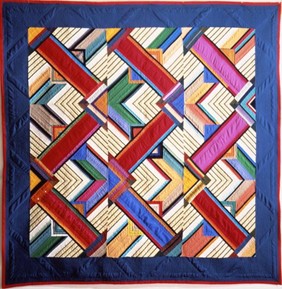
Bittersweet XII, American Folk Art Museum -
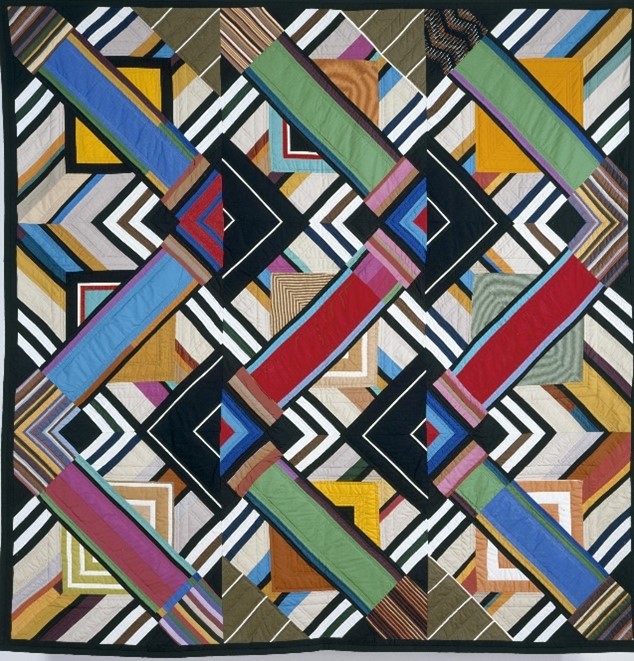
Bittersweet XIV, Museum of Art and Design
And here’s another pairing. I prefer the one on the left, but I can’t say why. Which one speaks to you?
-
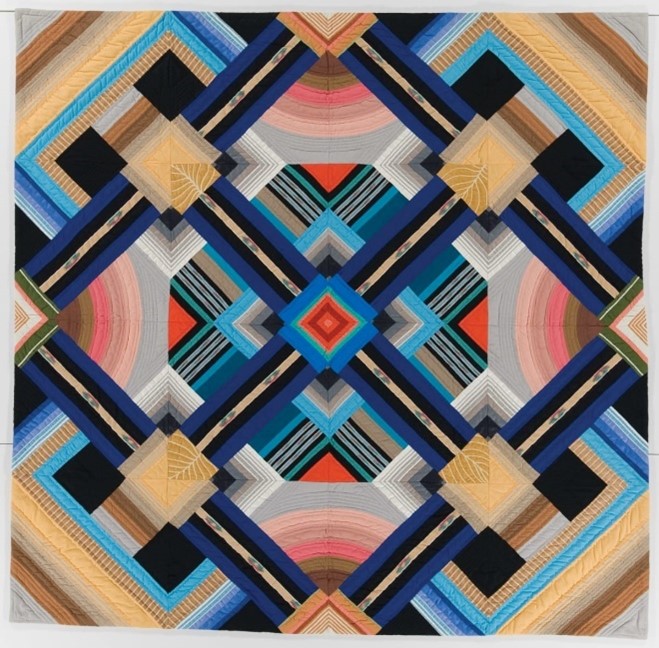
November Study #1 -
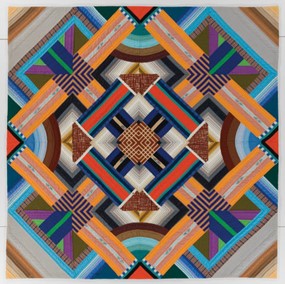
November Study #2
Wikipedia identifies over a dozen Crow series, not including the November studies. I don’t know about you, but by the time I’ve finished one top, I usually don’t want to see the same thing again, so hat’s off to an artist who buckles down and repeats, repeats, repeats for the sake of her art. It’s clearly hard work. (If you watch the exhibit below, you’ll see some of Nancy’s thoughts on this level of work: “totally focused”, “10-12 hour days”, “going forward”, “learning” and more). With all this work and discipline, where do feeling and expression come in? Nancy would probably say “Everywhere”, but I’ll give you two examples. One of Nancy’s series is Passion, a group of five quilts she created while caring for her dying mother. I can only imagine the emotions poured into each of those art pieces. Another is her Chinese Souls series, inspired by an incident she witnessed while on an art exchange in China in 1990.
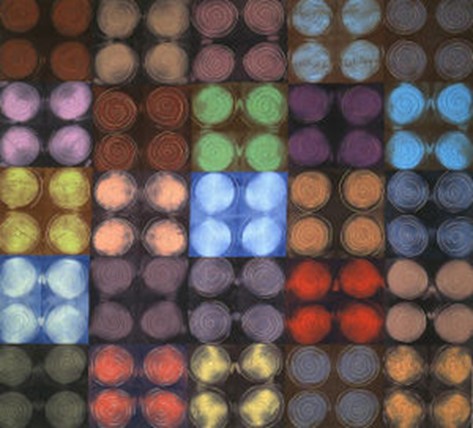
Here’s what she says about those quilts:
“Chinese Souls quilts are my memorial to more than 60 teenage boys who were bound and loaded on two trucks to be driven to their execution for petty crimes. I witnessed this horrible incident when I was an exchange artist in China in September 1990. The boys were all wrapped with heavy ropes. In these quilts, the circles represent their souls and the bull’s-eye embroidery, and the hand-quilting represents the ropes tied around their souls. The colors of the circles represent the individuals.”
No discussion of Nancy Crow would be complete without a little information about one of her other interesting aspects; in addition to being an artist, she’s also a teacher. She lives on a farm near Columbus, Ohio where a converted 1848 timber barn serves as a retreat center for five- and ten-day workshops taught by Nancy and others. This has got to go on my post-COVID bucket list. I’ve done some dyeing on my own but would love to have expert guidance. Does this look like fun, or what?
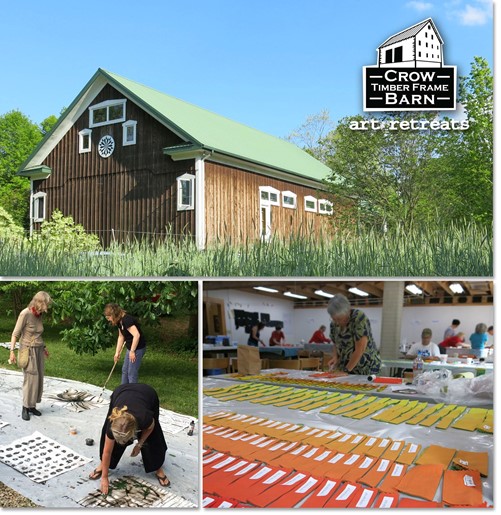
I was going to put a link below for the 2021 schedule, but the classes are already filled, except for one. Oh, what the heck, I will put the link below so you can see what types of classes she teaches and be ready when 2022 rolls around. It will happen—I promise!
Your quilting friend,
Anna
Biographical information https://quiltershalloffame.net/nancy-crow/
Exhibit at International Quilt Museum. https://www.youtube.com/watch?v=ickEU7SuF5k&list=PL8wATen2F83_TAFneOIiALU5dnD6YiDcS
This link is the first of five segments which walk through the entire show; it will either re-direct you or run right into the following segment(s).
Design inspiration wall https://www.youtube.com/watch?v=-n61dNeEblM (wall discussion starts at 1:20)
Workshops http://www.nancycrow.com/artretreatsspring2021.html
